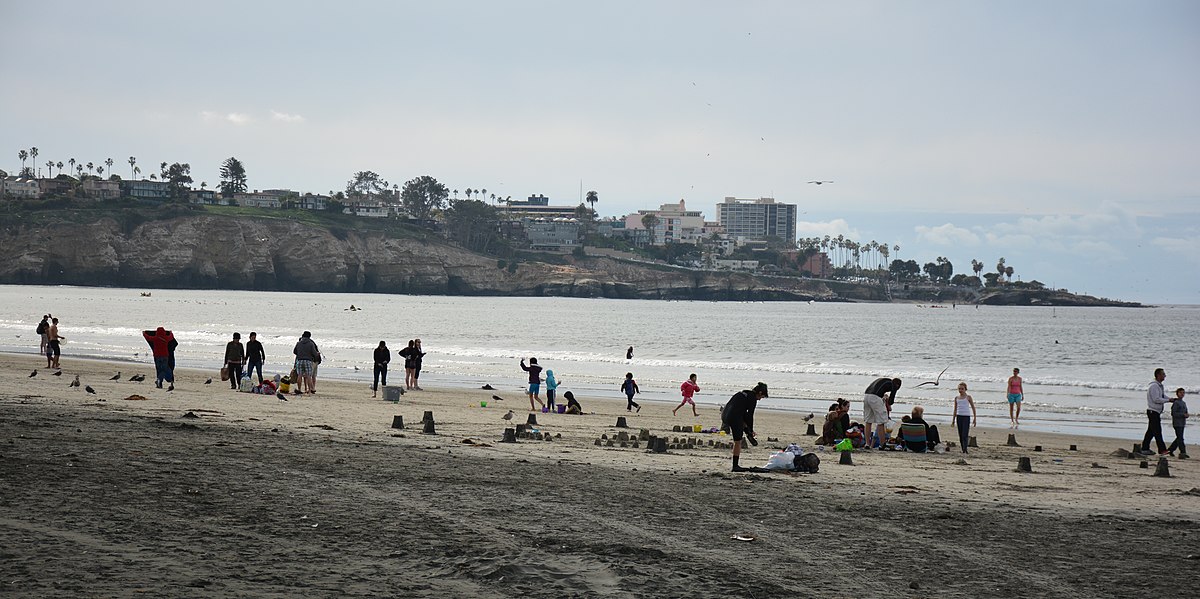
San Diego’s famous Scripps Institution of Oceanography is taking the lead in researching destructive and at times deadly coastal bluff slides in the area by upping its use of LiDAR-equipped drone surveys.
UC San Diego’s Scripps Institution described the program as an acceleration of existing research seeking to better understand coastal cliff failures, and find ways to predict them. The extension of a previous project using drone- and truck-mounted LiDAR sensors to create 3D surveys was made possible by $2.5 million in funding passed earlier this month in San Diego’s AB 66 bill, which supports studies on bluff failures. The measure was largely motivated by the 2019 tragedy of three people being killed by a 30-by-25-foot sandstone chunk falling on them when a section of Encinitas cliff slid.
In addition to potential injuries or loss of life in future coastal collapses, the threat of cliff failures threatens buildings and vital infrastructure, including a section of railroad. Given the natural forces usually behind that erosion, Scripps is aiming to use the LiDAR drone surveys to get a better understanding of the process and evolution involved to enhance predictive capacities, not prevent the inevitable events themselves.
“Each LiDAR survey provides a snapshot in time that we compare to previous surveys, to measure and track erosion over time,” says Scripps researcher Adam Young, who lead the earlier LiDAR drone analyses of San Diego’s cliffs. “We use these surveys combined with other sensors to quantify the erosion processes, identify erosion patterns, and examine stability conditions.”
Those surveys and models created from them will identify the timing and location of previous cliff failures, the resulting changes in bluff shape, and the mass of terrain involved. Continued studies over the three-year duration of the extended program will seek to determine whether any signatures were detectable ahead of future slides. As part of that, a range of highly sensitive seismic, tilt, and other meters will also be installed that – in addition to knowledge gained about how failures develop – will act as an early alarm system when collapses appear imminent.
“AB 66 will allow the installation of sensors whose capabilities exceed what was available in the past, and in so doing we hope to learn more about what happens before a slope becomes a slide,” says Scripps geophysicist Mark Zumberge.
The bill’s author, assembly member Tasha Boerner Horvath, says the measure and the Scripps program it supports will make the San Diego coastline continually weakened by rain, tides, large surf, and seismic activity more secure.
“Bluff collapses are a constant threat to coastal neighborhoods in Northern San Diego County and across the California coast, presenting risk of fatalities, injuries, and millions of dollars in damage to vital infrastructure,” she said. “With the passage of AB 66, we are one step closer to saving lives along California’s coasts.”
FTC: We use income earning auto affiliate links. More.



Comments